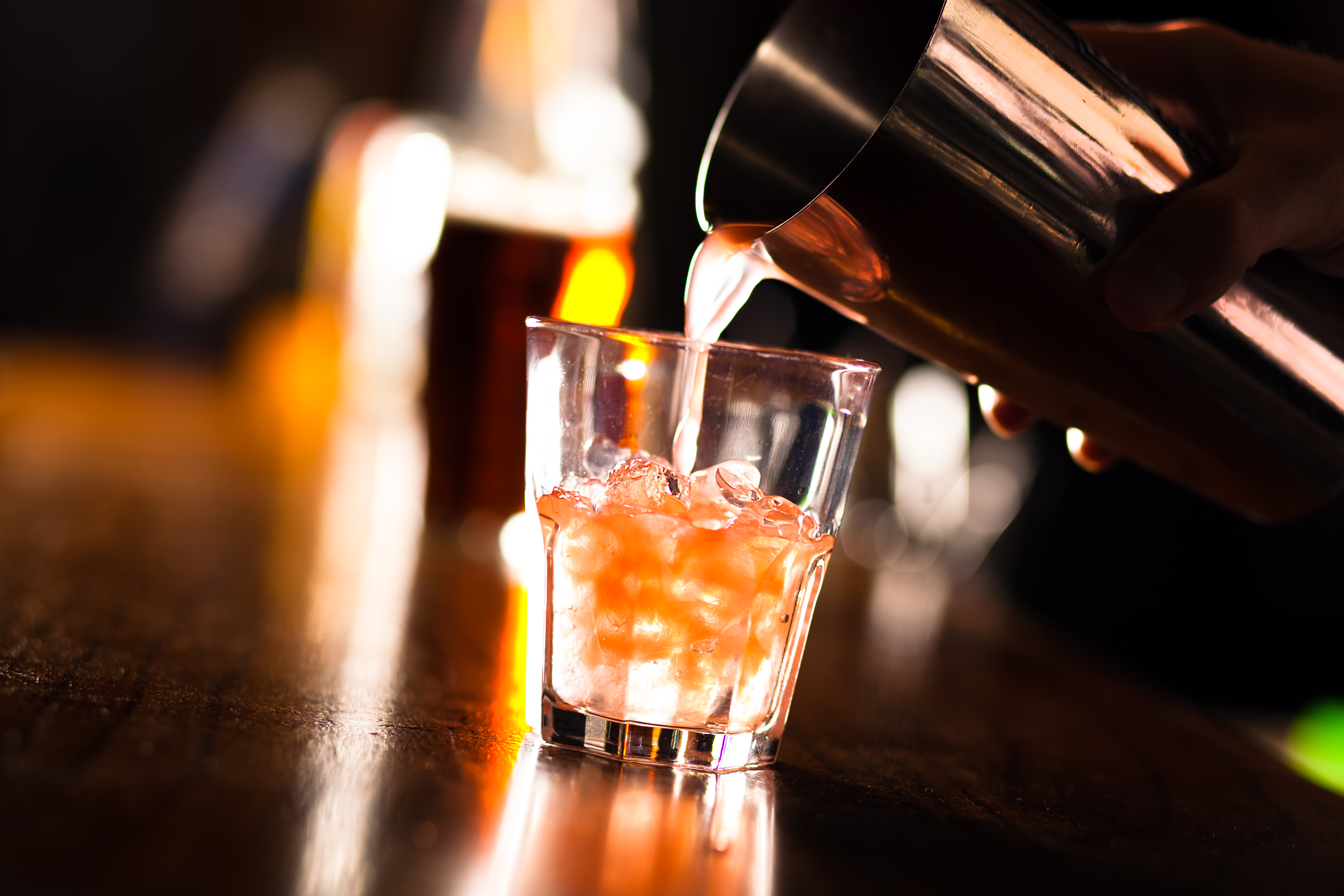There’s a big difference between fixing up a lovely casserole by recipe and whipping up your favorite cocktail when it comes to the ingredients. Mostly because there’s only a handful of potatoes to use for your recipe but you can probably pick from hundreds of vodkas for your cocktail.
Cocktail recipes frequently will name particular brands of liquors. These are more often chosen because the publisher of the recipe has some affiliation with the chosen liquor. However, this is not always the case, and usually that’s because the subtle flavors of a particular liquor will play perfectly with the quantities of other ingredients.
My favorite example is the simple gin and tonic. In a rocks glass I’d use two ice cubes, 1 oz of Bombay Sapphire, and a wedge of lime, then fill with Schweppes tonic water. Bombay has a distinctive flavor compared to many gins and any more than 1 oz would throw off the flavor balance.
So, how do you select the best ingredients? I encourage my friends to experiment of course!! As I’m sure you know, some experimentation can get expensive – especially with the cost of some of the finer liquors out there. When you’re shopping for your ingredients, go where you can pick up the small bottles. Now you can taste test without the investment in a bottle which might not be what you need. Taster packs are a great way to broaden your tastes without breaking the bank.
To experiment with your own cocktail recipes I urge folks to pick up middle-shelf liquors (typically in a liquor store or display, the most expensive and (usually) high quality bottles are on top, and the cheap rot-gut (usually) is on bottom. For your typical ingredients like vodka, white rum, gin and other mixers, I’d go with the middle shelf. The flavors are typically stable enough that you can use those brand selections for years without having to worry about distillers changing up what they’re producing.
For your non-alcoholic ingredients, I would encourage you to take the time to make your mixers by hand. Daiquiri, Margarita, Mai Tai, and so many others that already include the complex ingredient ratios also include High Fructose Corn Syrup which metabolized by your liver, just like alcohol is. Among other issues, it can contribute to a much nastier hangover. It takes about 5 minutes to whip up a lovely simple syrup from table sugar and water, and has a much cleaner flavor that the HFCS alternative.
I hope you find this helpful and please share your tips in the comments!

Leave a Reply